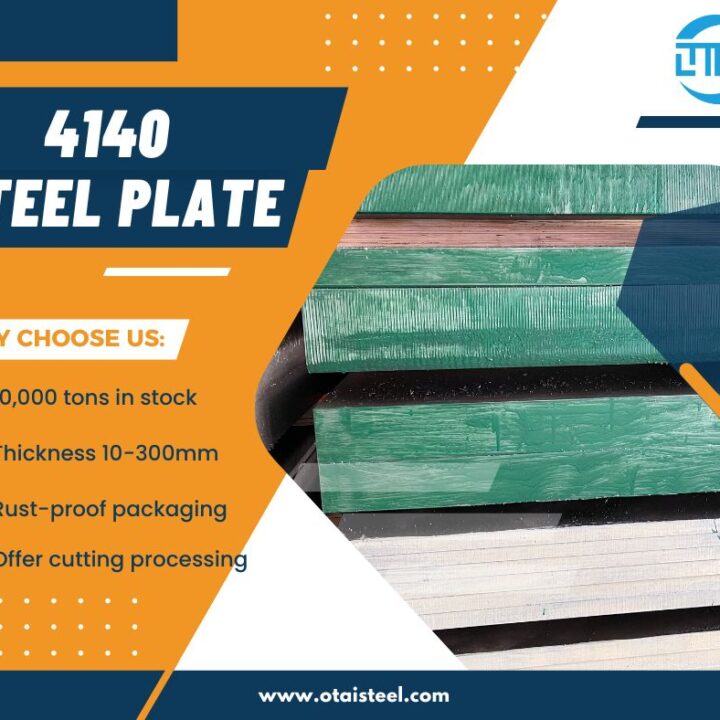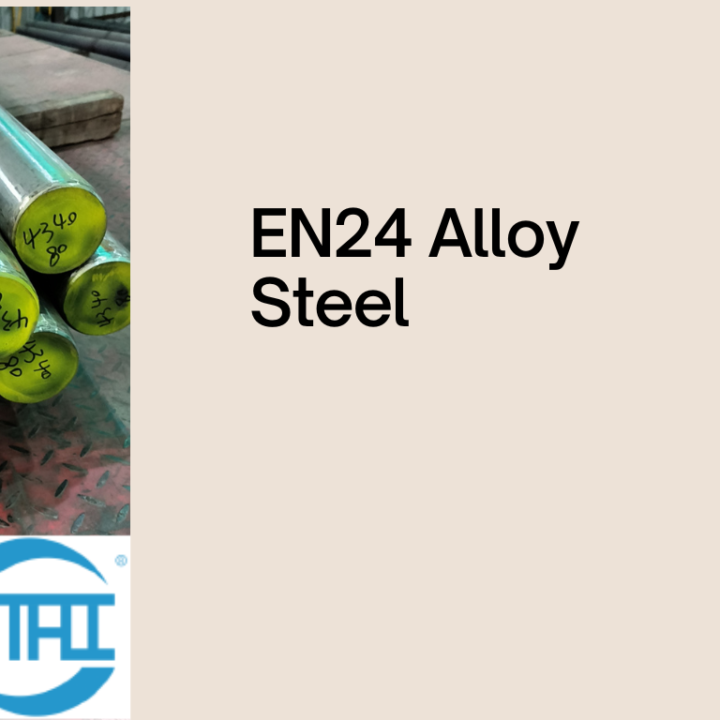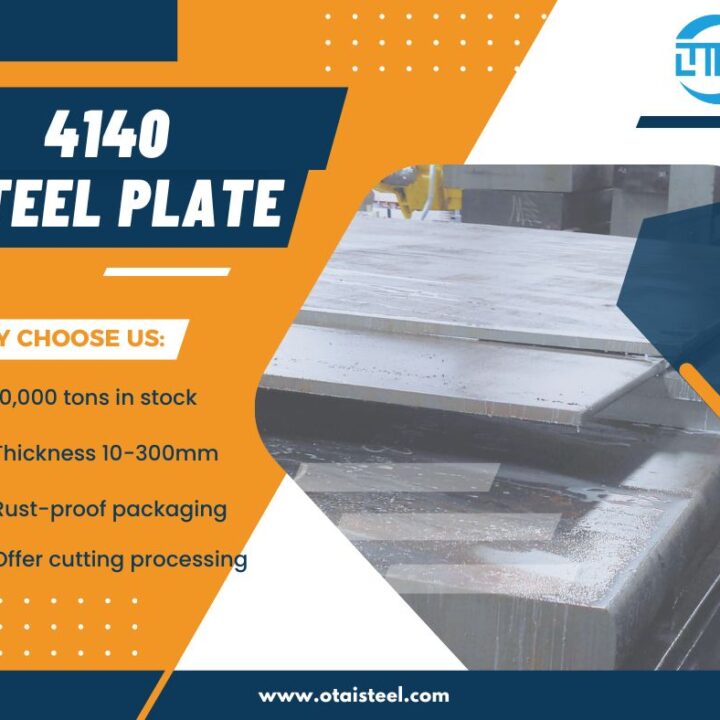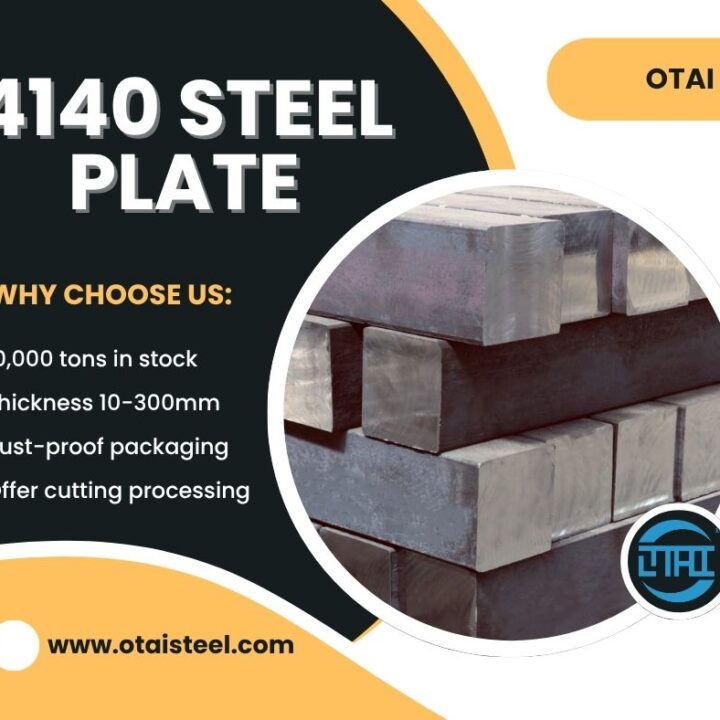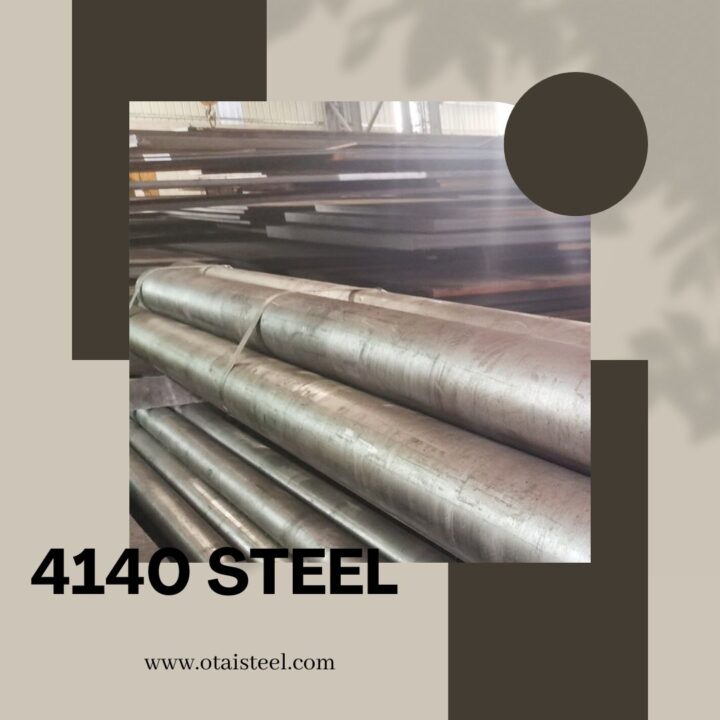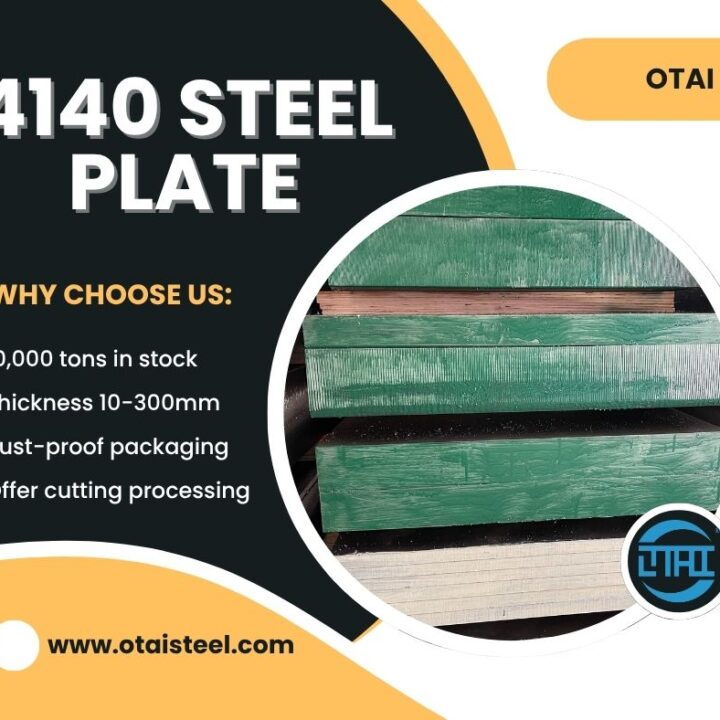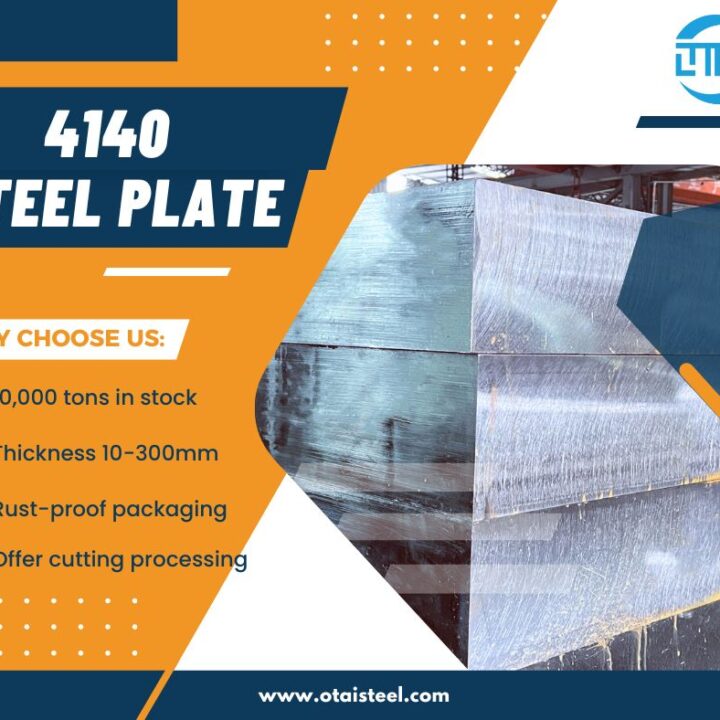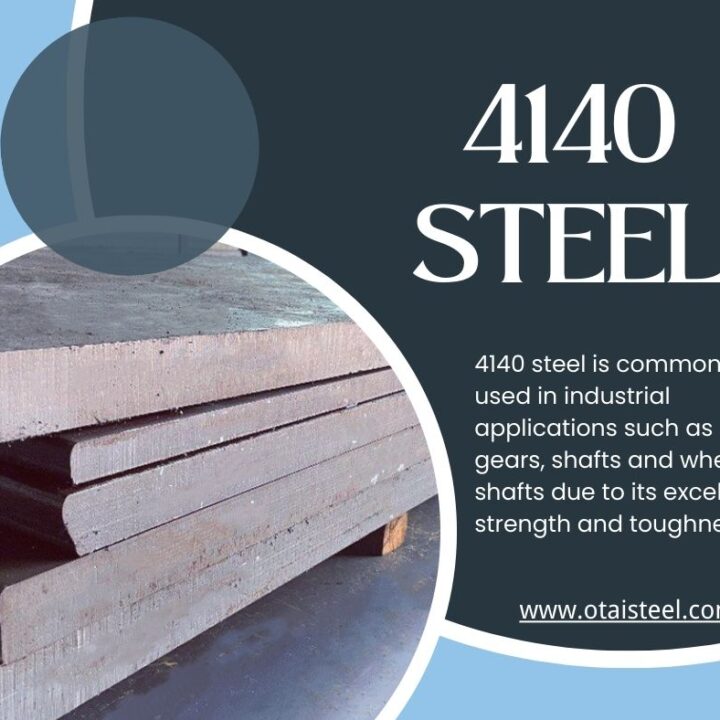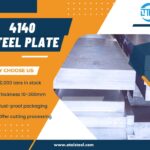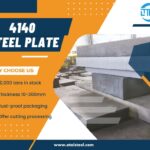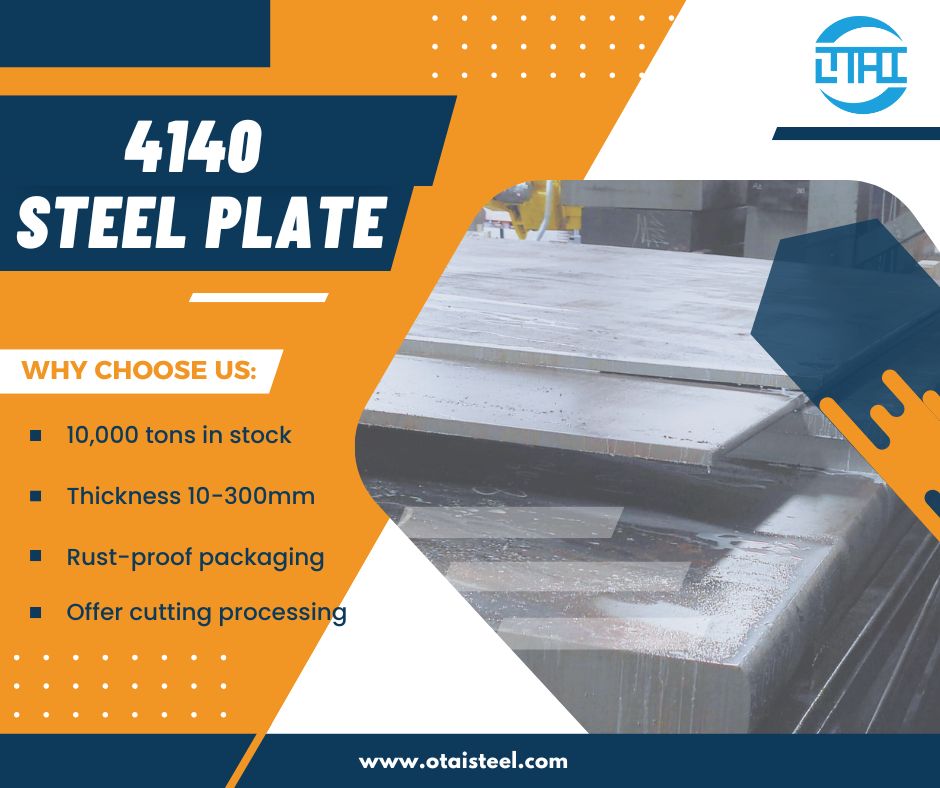 Quench and Temper 4140 Steel: Why It’s Crucial for Performance
Quench and Temper 4140 Steel: Why It’s Crucial for Performance
If you’ve worked with 4140 steel, you’ve probably heard the terms quenching and tempering. But have you ever stopped to think about why these processes matter so much? Let’s break it down.
Here’s the simple truth: Quenching and tempering are the secret to unlocking 4140’s full potential. Whether you need tough, wear-resistant parts for a heavy-duty machine or components that can withstand extreme pressure, these two heat treatments can make all the difference.
Let’s get into the details and explore how these processes help make 4140 steel one of the most trusted materials across industries.
What Exactly Are Quenching and Tempering?
At its core, quenching and tempering are two heat treatments that work together to give 4140 steel its unique balance of strength and toughness. Here’s how it works:
| Process | What Happens? |
|---|---|
| Quenching | Rapid cooling (usually in oil or water) after heating the steel to harden it. |
| Tempering | Reheating the steel to a lower temperature and cooling it slowly to enhance toughness. |
-
Quenching: You start by heating the steel to a high temperature—usually between 850-900°C—to make it malleable. Then, you cool it down quickly (in oil, water, or polymer). This process makes the steel harder, but it also makes it more brittle.
-
Tempering: After quenching, the steel can be pretty hard but fragile. This is where tempering comes in. By reheating the steel to 400–650°C and then cooling it slowly, you reduce brittleness and increase the steel’s toughness—without sacrificing too much strength.
Why Does Quenching and Tempering Matter for 4140 Steel?
Quenching and tempering change the mechanical properties of 4140 steel in key ways. Here’s how:
| Property | Before Q&T | After Q&T |
|---|---|---|
| Tensile Strength | 600-650 MPa | 850-1000 MPa |
| Hardness (HRC) | 19-25 HRC | 28-32 HRC |
| Toughness | Moderate | High |
| Wear Resistance | Moderate | Excellent |
| Fatigue Resistance | Low | Moderate to High |
-
Tensile Strength: When you quench 4140 steel, its tensile strength skyrockets from about 600–650 MPa to 850–1000 MPa. This makes it stronger and more reliable for heavy-duty applications like gears, shafts, and structural parts.
-
Hardness: Quenching increases the hardness of 4140 steel from 19–25 HRC to 28–32 HRC. This helps the steel resist wear, abrasions, and deformation, which is crucial for parts that are constantly in motion or under load.
-
Toughness: Tempering gives 4140 the toughness it needs to absorb energy without cracking, which is essential for parts that are under repeated stress or impact. This makes it ideal for everything from aerospace components to industrial machinery.
-
Wear Resistance: Quenching and tempering dramatically improve 4140’s ability to handle friction and wear. So, when you need a material that can stand up to harsh conditions, this process is a game changer.
-
Fatigue Resistance: After tempering, 4140 steel becomes more resistant to fatigue—the kind of wear that happens when a material is repeatedly loaded and unloaded. This makes it perfect for parts like shafts, pins, and other components exposed to repeated stress.
When and Where Does Quenching and Tempering Really Help?
The benefits of quenching and tempering come into play in a lot of industries. If you need parts that will endure high loads, wear, or constant stress, this is where 4140 steel really shines. Here’s a quick look at some real-world uses:
| Industry | Applications |
|---|---|
| Automotive | Drive shafts, axles, gears, spindles |
| Oil & Gas | Drill collars, tool joints, lifting arms |
| Aerospace | Aircraft components (landing gear, structural components) |
| Industrial Equipment | Hydraulic cylinders, machine tool components, mechanical parts |
| Heavy Machinery | Crane components, mold bases, heavy-duty shafts |
For example, in the automotive industry, drive shafts and gears need to withstand high torque and stress. Quenching and tempering 4140 steel gives them the strength and toughness they need to perform reliably over time. The same goes for parts in oil & gas, where extreme pressure and wear are common.
How Does the Quenching and Tempering Process Work for 4140 Steel?
Here’s a simple breakdown of how quenching and tempering happen:
-
Heating: The steel is heated to 850–900°C to get it into the right condition for quenching.
-
Quenching: After heating, the steel is rapidly cooled in oil, water, or polymer, locking in the hardness and strength.
-
Tempering: The steel is then reheated to 400–650°C and cooled slowly. This helps relieve stress and improve toughness, making it more durable and less brittle.
Do You Always Need Quenching and Tempering for 4140 Steel?
Not every application requires quenching and tempering. For parts that don’t experience high wear or stress, annealed 4140 (steel that hasn’t gone through these processes) might do the trick.
Here’s when each is best:
| Application Type | Recommended Material | Why? |
|---|---|---|
| Parts exposed to high loads or stress | 4140 Steel (Q&T) | For extra strength and durability |
| Structural parts | 4140 Steel (Annealed) | More cost-effective and easier to process |
| High-impact or fatigue-resistant components | 4140 Steel (Q&T) | For improved toughness and fatigue resistance |
-
Use Q&T 4140: When you’re making components that are exposed to high stress or repeated loads (like gears, shafts, or high-pressure components).
-
Use Annealed 4140: For parts that are less demanding, like simple structural pieces.
Why Choose Otai Steel for Your quench and temper 4140 steel?
When it comes to sourcing high-quality 4140 steel, Otai Special Steel is the go-to choice for many companies. Here’s why:
-
✅ Large stock of 4140 steel: We carry ready-to-use 4140 in a variety of thicknesses.
-
✅ Custom heat treatment: We offer tailored quenching and tempering solutions to fit your needs.
-
✅ Fast delivery: Need your material quickly? We offer quick turnaround times—3 to 5 days for many orders.
-
✅ Global shipping: From China to the world, we’ve got you covered with reliable and fast delivery.
📧 Get in touch for a quote: jack@otaisteel.com
📱 WhatsApp: +8676923190193
FAQs – quench and temper 4140 steel
1. How much stronger is 4140 after quenching and tempering?
After quenching and tempering, 4140’s tensile strength can reach up to 1000 MPa, making it much stronger than its annealed counterpart.
2. Can I use 4140 for high-wear parts?
Absolutely! Quenched and tempered 4140 has excellent wear resistance, making it perfect for parts like gears and tool holders.
3. Does tempering make 4140 more brittle?
No! Tempering reduces brittleness and improves toughness, making 4140 more durable and resistant to cracking.
4. Can Otai provide custom heat-treated 4140?
Yes! We offer custom heat treatment, machining, and cutting to meet your exact specifications.
